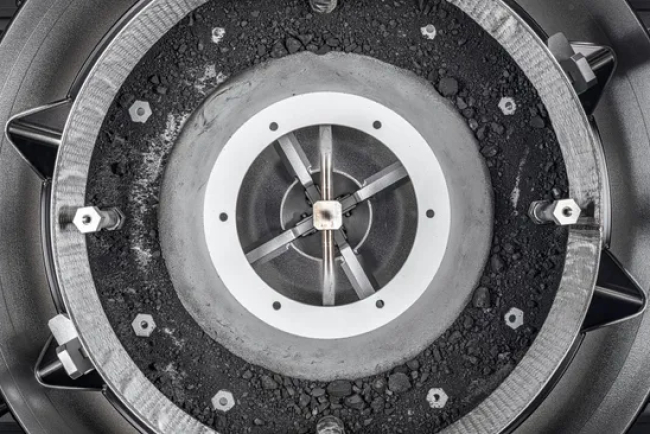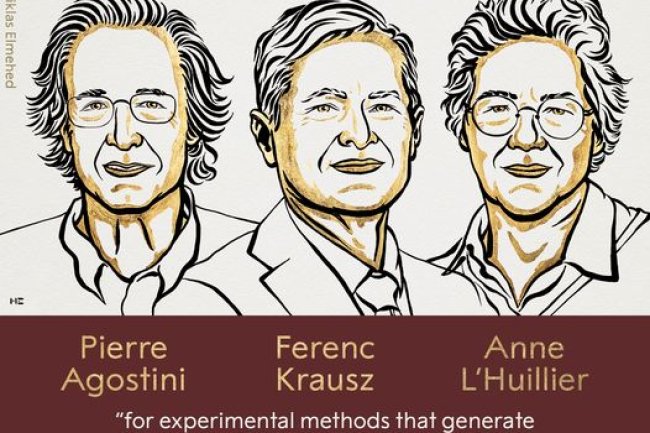Viktor Grebennikov and the Hidden Science of Anti-Gravity Flight
Discover Viktor Grebennikov’s hidden anti-gravity platform and its untold science.
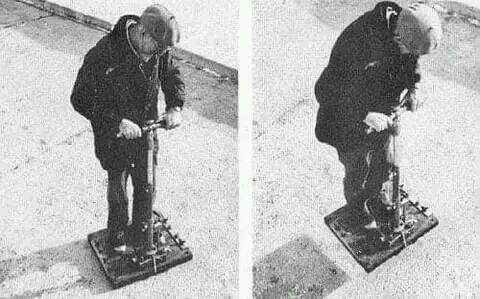
Outline
- Introduction
- Who Was Viktor Grebennikov?
- The Discovery of Anti-Gravity Technology
- The "Grebennikov Platform" and Its Features
- The Mystery of Grebennikov’s Death
- The Legacy of Grebennikov’s Invention
- Conclusion
- FAQs
Introduction
Viktor Stepanovich Grebennikov, a Siberian entomologist, is best known not for his study of insects, but for an extraordinary invention that seems to defy the known laws of physics. In the early 1990s, he claimed to have created an anti-gravity flying platform that operated without an engine, wings, or a propeller. This revolutionary discovery, known as the "Grebennikov Platform," has since become a subject of both fascination and skepticism, with many questions left unanswered regarding its workings and the true science behind it.
Who Was Viktor Grebennikov?
Viktor Grebennikov (1927-2001) was a renowned Russian entomologist whose primary field was the study of insects. However, he gained international attention when he allegedly discovered the secret to anti-gravity or density resistance. His invention, which he detailed in his book "My World," could fly without conventional technology, yet the scientific community largely dismissed it.
To understand how he arrived at this discovery, one must look at his work with chitinous insect structures, where he noticed strange anomalies in the behavior of certain natural formations under microscopic examination.
The Discovery of Anti-Gravity Technology
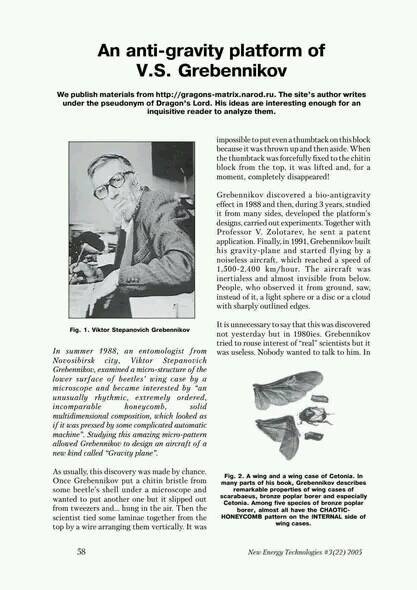
According to Grebennikov, the key to his invention came from studying the unique structural properties of insect wings. In particular, he focused on the chitin exoskeletons, discovering microcavities that emitted forces capable of repelling gravity. This effect, which he called the cavity structure effect (CSE), allowed him to construct a device that could seemingly float above the ground and achieve rapid speeds.
Grebennikov believed this was a natural property of certain materials in the insect world that had been overlooked by mainstream science. His observations of chitin's natural repulsion properties led to the development of his anti-gravity platform.
Internal link suggestion: Explore more on natural anomalies and discoveries that remain unexplained.
The "Grebennikov Platform" and Its Features

Grebennikov’s anti-gravity platform, or density-resistance flying machine, was reported to be a simple construction. It featured a platform with two handles attached to an open sketchbook. Despite its simplicity, the platform reportedly had no moving parts—no wings, no propellers, and no engine—yet it could silently hover and move through the air at incredible speeds, reportedly reaching 1500 km/h.
Some of the extraordinary features included:
- Silent flight with no air displacement or turbulence.
- High-speed travel without feeling the effects of inertia.
- The absence of air resistance or pressure felt by the pilot, even at high speeds.
- The ability to hover in place or travel in any direction with ease.
Despite the outlandish nature of these claims, Grebennikov firmly believed that the platform harnessed the power of natural laws, not some form of supernatural or mystical force.
Internal link suggestion: Check out more intriguing scientific mysteries in the archive section.

The Mystery of Grebennikov’s Death
Grebennikov’s death in 2001 only added to the mystery surrounding his work. Officially, it was reported that he succumbed to radiation poisoning, allegedly caused by exposure to unknown forms of energy while conducting experiments on his platform. This explanation has sparked numerous conspiracy theories, with some believing that his discoveries were deemed too dangerous for the public, leading to a cover-up.
Many of his peers and followers believed that the true nature of his death and the potential of his work were never fully revealed. Some even suggest that his research and inventions were suppressed or stolen, preventing the world from accessing what could have been revolutionary technology.
Internal link suggestion: Dive deeper into the subject of unsolved scientific mysteries at Kiksee's library.
The Legacy of Grebennikov’s Invention


The Grebennikov Platform remains a topic of speculation and debate. While some enthusiasts claim that his invention has been hidden from the public, others believe it was simply a product of creative thinking combined with misunderstood science. Regardless, the story of Viktor Grebennikov and his anti-gravity discoveries continues to inspire curiosity about the potential for untapped natural forces.
Unfortunately, much of his work was either lost or ignored. Though his book "My World" attempted to explain some of the science behind his inventions, many parts remained vague or incomplete. Today, those who are familiar with his story believe that his work represents a lost frontier in scientific discovery.
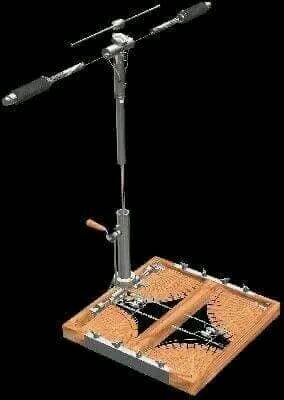
Conclusion
Viktor Grebennikov’s story is one of intrigue, mystery, and unfulfilled potential. His invention of the anti-gravity platform challenged our understanding of physics and left a legacy of unanswered questions. Whether Grebennikov’s discoveries were genuinely revolutionary or simply misunderstood, they continue to captivate those who seek to understand the hidden forces of the natural world.
FAQs
What is the Grebennikov Platform?
The Grebennikov Platform is an alleged anti-gravity device invented by Viktor Grebennikov, which supposedly used the natural properties of insect wings to levitate and travel at high speeds without conventional propulsion systems.
How fast could Grebennikov’s platform fly?
Reports suggest that the platform could achieve speeds of up to 1500 km/h, all without the pilot feeling any air resistance or inertia.
Why is Grebennikov’s invention controversial?
Grebennikov’s claims defy mainstream scientific understanding, and his explanations have been met with skepticism. Additionally, much of his research was lost, ignored, or suppressed, adding to the mystery.
Was Grebennikov’s death linked to his experiments?
It is reported that Viktor Grebennikov died from radiation exposure during his experiments, though this has led to conspiracy theories suggesting that his work was considered too dangerous or revolutionary.
For more insights into scientific mysteries, visit Kiksee.
What's Your Reaction?







